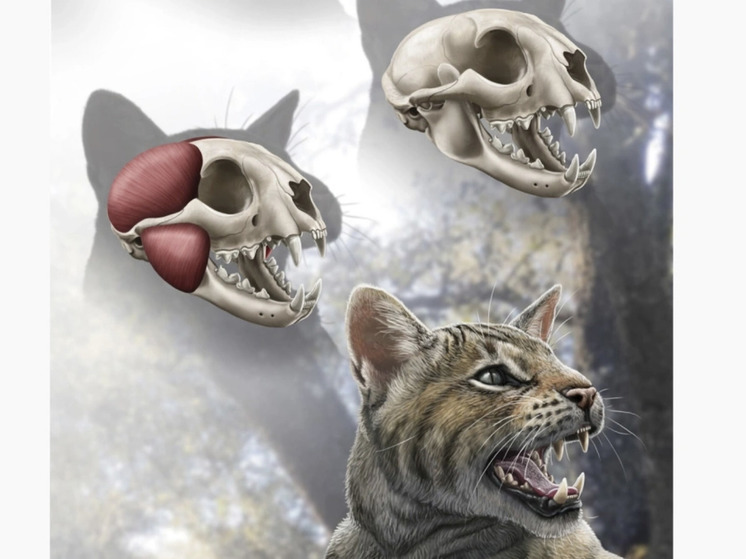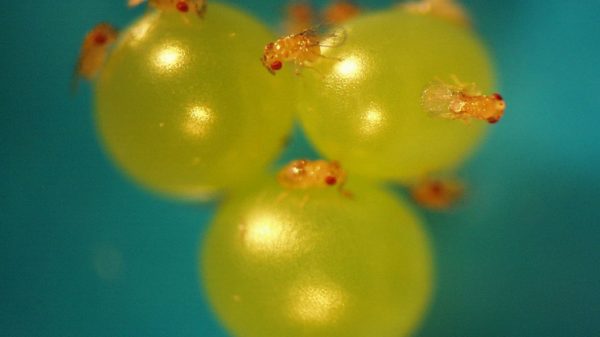A 3D illustration was made using a cat's jaw
Palaeontologists from the National Museum of Natural Sciences identified a new genus and species of medium-sized felines from a fragment of a jaw found in an urban area of the Spanish capital, Madrid.

A new species of cat, named Magerifelis peignei, lived in what is now Spain about 15.5 million years ago. Magerifelis roughly translates to Madrid cat.
It belonged to the Felidae, a subfamily of small cats that have a bony hyoid bone that gives them the ability to purr but not growl.
The fossilized remains were found in 2007 in Madrid. The specimen is very well preserved, showing the complete lower jaw as well as all the teeth except the incisors. Using it, scientists were able to create an image of what they thought the cat might have looked like.
It is so complete and in such a good state of preservation that it provides information of great interest in making paleoecological inferences about this new cat.
“We restored an almost complete jaw, in which almost all the teeth were preserved in exceptional condition,” admitted Dr. Manuel Salesa. He added that «the most surprising thing was that this species had a tiny lower second molar, missing in all living and extinct felids except Proailurus.»
They believe that Magerifelis had a «strong bite while hunting» and may have behaved like the Iberian lynx, clutching prey in its jaws.
«If the mandibles of these species are shown to be of the same length, then the dentition of the new species is clearly smaller, and thus «, the specimen has a more robust appearance, with a relatively taller mandibular body, very similar to that of the much larger lynx,» notes a representative from Spain's Supreme Council for Scientific Research.
Researchers believe that the cat would have behaved similarly to the Iberian lynx, an endangered species native to southwestern Europe.
The cat is believed to have weighed about 7.61 kilograms, almost twice the weight of the average feline.























































Свежие комментарии